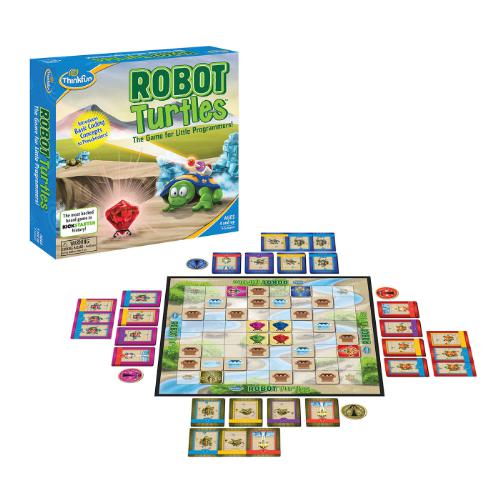
A year ago when I talked to Dan Shapiro about his Kickstarter project, nobody knew how big it would get. Shapiro developed Robot Turtles while on leave from Google as a way to play with his kids and sneak in a bit of programming education. People in the board game industry told him it wasn’t really a marketable idea, so he turned to Kickstarter—a great place for niche products, right?
Robot Turtles ended up becoming the most-funded board game in Kickstarter history (by number of backers: 13,765, a number which dwarfs most tabletop projects by an order of magnitude). Last September, Shapiro wasn’t sure if Robot Turtles would ever be available outside of the Kickstarter campaign. Today, it’s available at Target and Amazon.
Thinkfun picked up the game for its catalog, and their edition is the one hitting retail stores. With Thinkfun’s experience in manufacturing and packaging, the new Robot Turtles is pretty shiny (literally—there’s gold foil on some of the tiles).
So what is this game? Will your kids like it? Here’s a closer look at the Thinkfun edition.
At a glance: Robot Turtles is for 2 to 5 players, ages 4 and up, and takes about 15 minutes to play (though play time may vary greatly depending on the complexity of the levels you set up). Robot Turtles retails for $25, but there’s also a $10 Adventure Quests add-on available exclusively through Thinkfun (or get it bundled to save a few bucks).
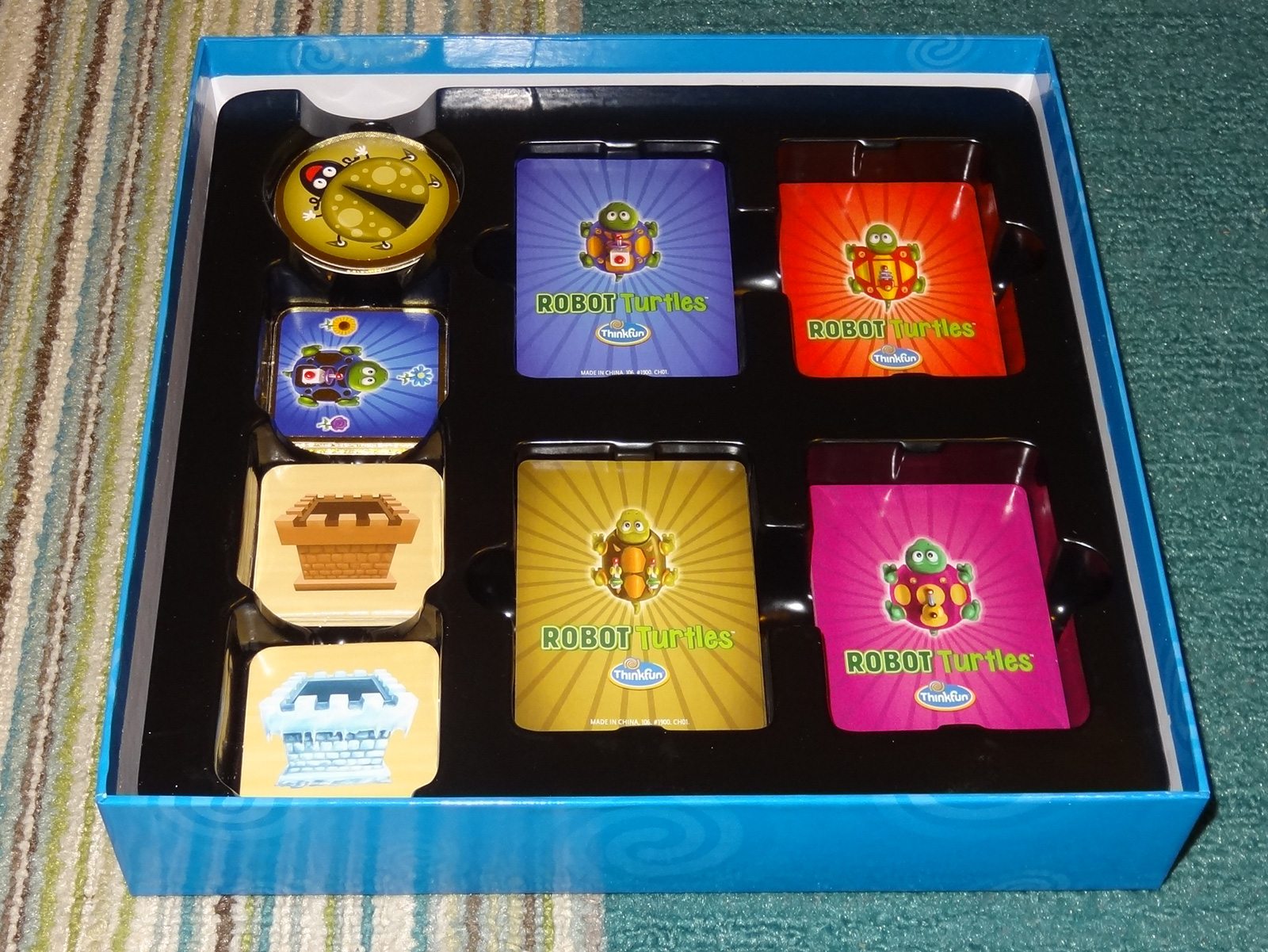
Components:
The base game includes:
- Game Board
- 4 Robot Turtle tiles
- 4 Jewel tiles
- 4 Bug tiles
- 4 Code Card decks (44 cards each)
- 36 Obstacle tiles (20 stone walls, 12 ice walls, 4 crates)

The Adventure Pack includes:
- Book of 10 Adventure Quests
- 32 Gemstone tiles
- 12 oversized Frog Favorite cards
The components are excellent, as you’d expect from Thinkfun. Sturdy cardboard tiles, nice cards, and even some gold foil accents on the turtles, bugs, and jewels. The plastic insert for the box is something the Kickstarter edition didn’t have.
How to Play
The basic mode of Robot Turtles isn’t a competitive game. One person (the Turtle Mover) sets up the board and is in charge of moving the turtles around the board (and making sound effects). Up to four other players (the Turtle Masters) use cards to “program” the turtles’ movements to get to the gems. The idea is that the board can be laid out symmetrically so that each Turtle Master has one gem to get to, and it’s not a race. (Although try telling your kids that.)
The rulebook is also set up so that only the Turtle Mover (typically, the parent) will need to read the entire rulebook, and then they only need to read specific sections to the Turtle Masters (the kids). As such, the Turtle Mover does need to know how to move and rotate the turtles on the board.
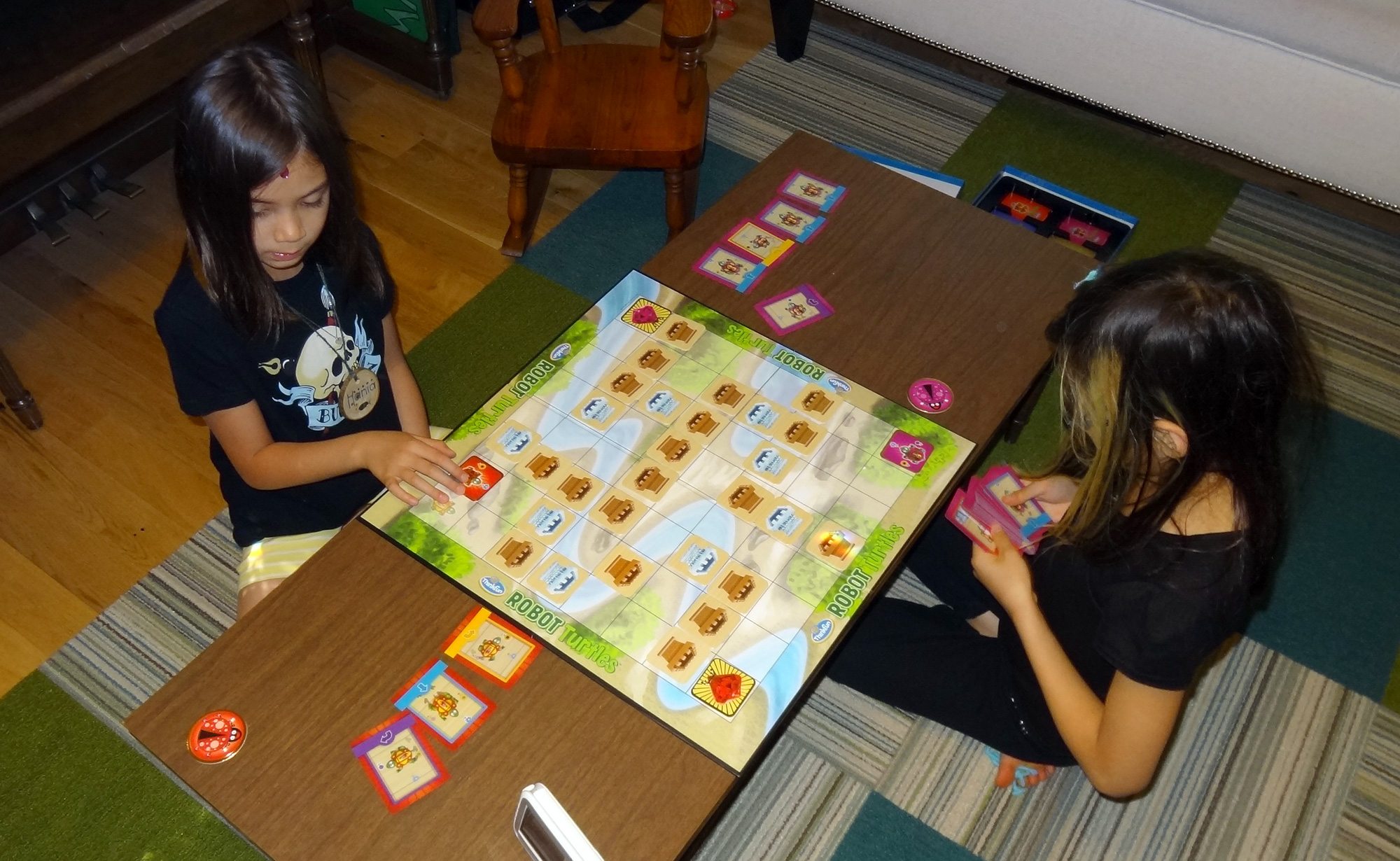
The Turtle Mover sets up the board, using stone walls, ice walls, and crates. In addition, there will be one gem and one turtle per Turtle Master. The Turtle Masters each get the corresponding deck of code cards—these show things like move forward, turn left or right, or fire a laser.
The Turtle Masters play cards, and the Turtle Mover moves the turtles on the board while making wacky sounds. As you play, you “unlock” more cards. For instance, the first game you set up without any obstacles, just gems. Then you introduce ice walls, then the lasers that can melt them. Then stone walls, which can’t be melted, and then crates, which can be pushed (as long as there’s nothing behind them).
Eventually, after your kids are proficient with the different types of cards, you can unlock “write program.” Now, instead of playing one card at a time and seeing its effect, they can play several cards at once in sequence, and then “run” the program. There’s a bug tile that they can slap and shout “Bug!” if they got something wrong.
Finally, once they’re used to all that, you can unlock the Function Frog. Basically you program the Function Frog to represent a short sequence of cards (or choose from the 12 pre-made functions in the Adventure Pack). Then, whenever you play a Function Frog card in your program, it carries out that sequence.
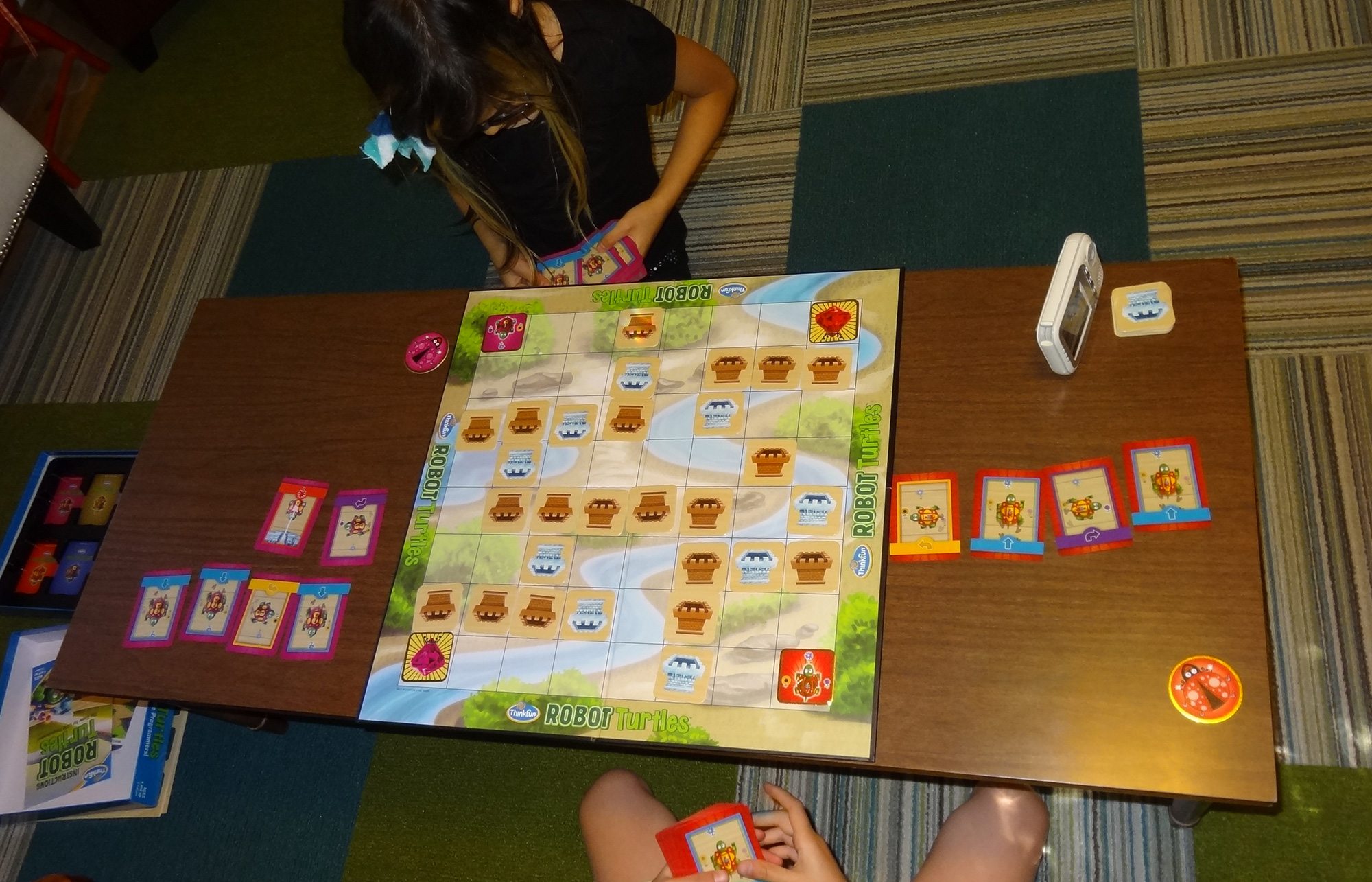
Once the Function Frog is unlocked, your kids can try to write a program using as few cards as possible.
That’s basically it!
The Adventure Pack includes several pre-designed mazes for you to use, and the extra gemstone tiles. You can treat these as achievements for your kids to collect, setting up special conditions for earning them or having side quests on the main board—it’s up to you!
There are also “Galapagos” rules (created during the Kickstarter campaign) to make the game competitive for adults and older kids. And if you need ideas for more mazes, there are plenty to find on the Robot Turtles community site, where people have designed and submitted their own ideas.
The Verdict
When Shapiro showed me his prototype last year just prior to the Kickstarter launch, I thought it was something that would appeal to geeky parents—you know, the sort of people who read GeekDad regularly. I figure there are a lot of folks who see the importance of learning to code, or at least the basic principles involved, and Robot Turtles seemed like a cool way to introduce that to young kids. What I didn’t realize was how many people would get excited about it.
It’s pretty cool that Robot Turtles is now in places like Target, because it means that this little game about programming is now going mainstream. People who don’t often (or ever) go to hobby game stores will see Robot Turtles and might take a chance on it or pick it up for a niece’s birthday present. It’s pretty exciting, as Shapiro himself reflected in the latest Kickstarter update.
The game itself is fairly simple, and if you’re playing with older kids (particularly those who have played programming-style games before), you’ll probably want to go with the Galapagos rules so that there’s a bit more competition and challenge. My ten-year-old had no trouble even with the more complex mazes, though she was still working on understanding the Function Frog. My seven-year-old picked up on the game easily, too, but it took her a little longer to write out a full program without any mistakes. I think it’s definitely something that’s best to start when kids are young, because the graphics and gameplay seem targeted at that audience.
The Thinkfun edition turned out very nice—better than the Kickstarter edition, which isn’t surprising considering that Thinkfun has a lot more experience in manufacturing than Shapiro did. And it’s cheaper than the Kickstarter version, too. But I’m hanging onto my Kickstarter edition for now—it’s a collector’s item!—and my kids can play with the Thinkfun edition.
If you’ve got kids around age 4 or so and you want to get them a headstart on coding skills, Robot Turtles is worth checking out. The Adventure Pack isn’t absolutely necessary, but it’s a nice added incentive if you’ve got kids who love to collect things.
Disclosure: Thinkfun provided a review copy of Robot Turtles.
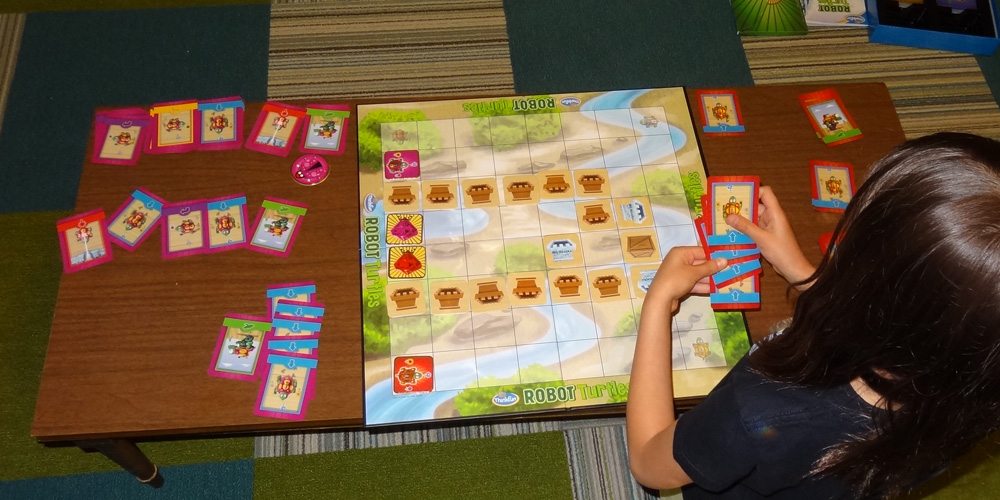

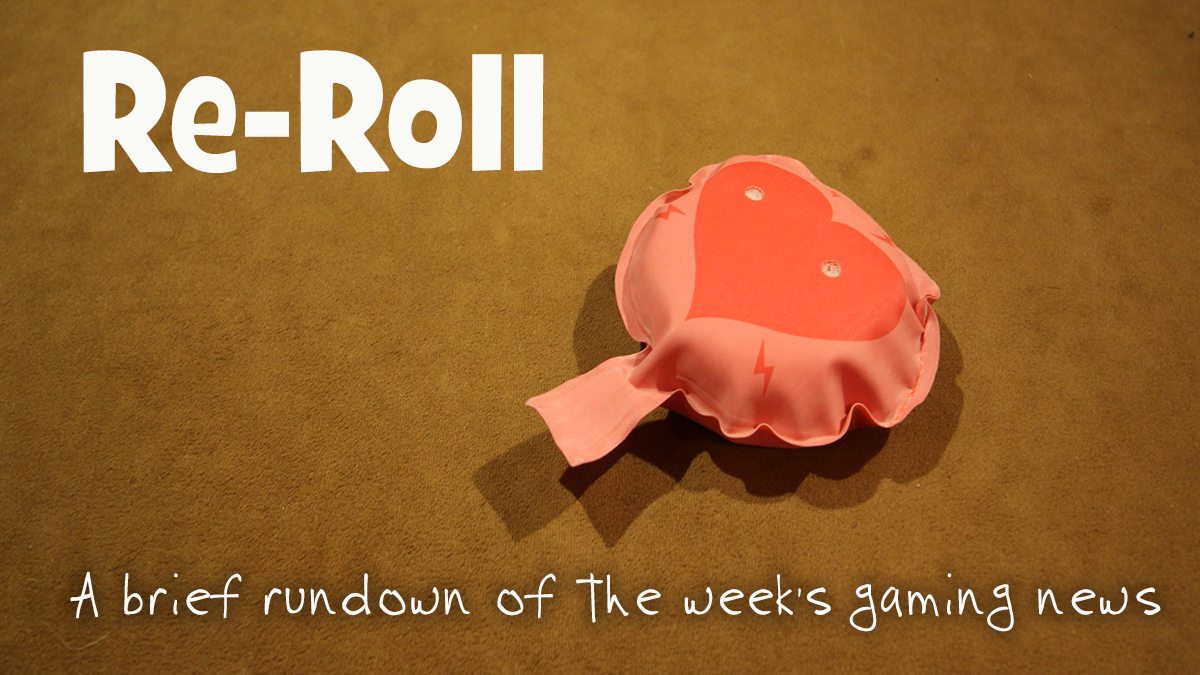
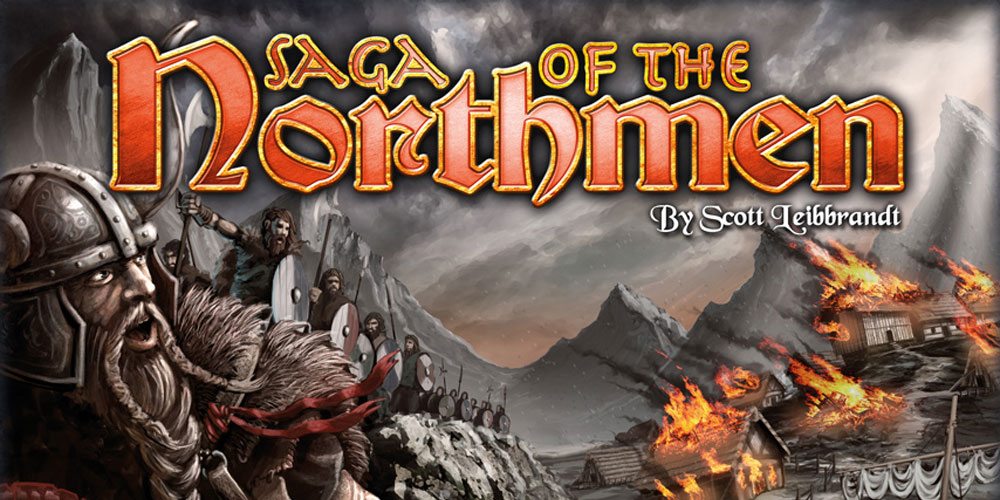

Appreciate the update on the Adventure Pack. I got this through Kickstarter so no access to that directly short of the electronic versions that may exist. The Galapagos rules are actually pretty fun and it’s a great way to introduce kids to programming/logic as long as you keep the role of “turtle mover” away from the kids. 🙂
I’m glad to see that the game has started showing up in mainstream circles and hope that parents don’t see this as a “give to kids and walk away” game. That’s definitely not the point of the game but sadly seems to be the way many parents seem to think. It’s a great game for parents to play _with_ their kids and well-designed. Seeing Tom Vasel’s recent review of it adds to the evidence that this works well for kids and parents.
A friend brought this game over and my 4yr old son loves this game.The older kids were not interested until the higher levels were “unlocked”.
My 4yr old son could even do a whole program in one go.
He would ask everyday to play the game.
The kids even tried having the frog function call it’s self for an infinite loop.